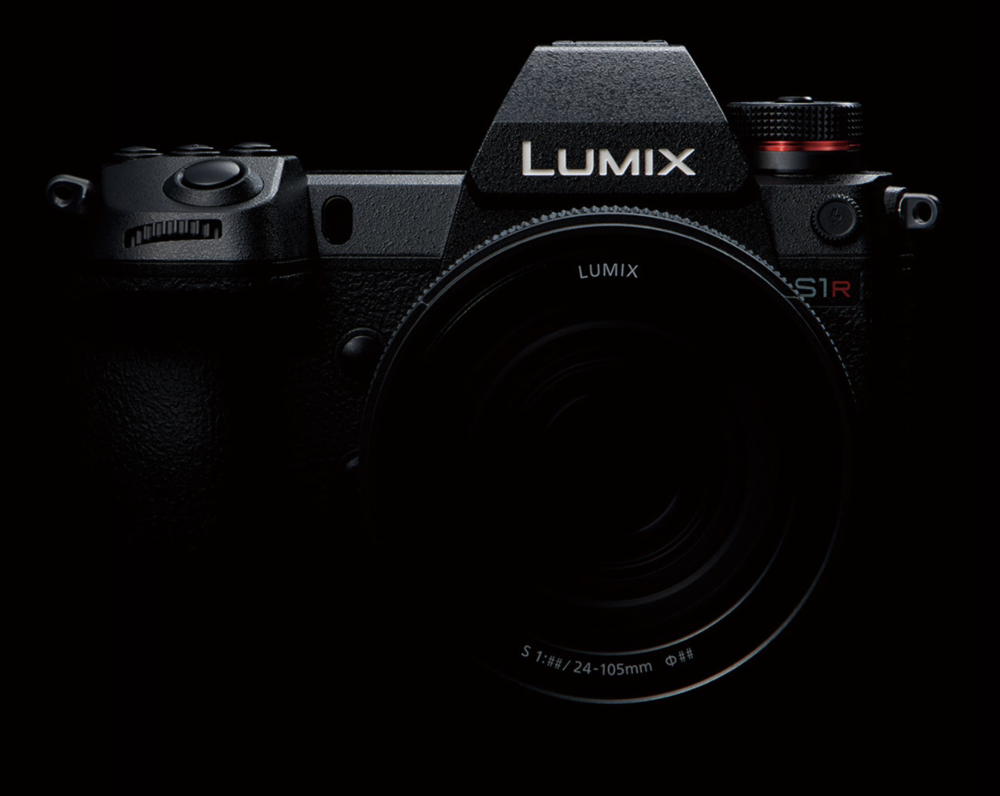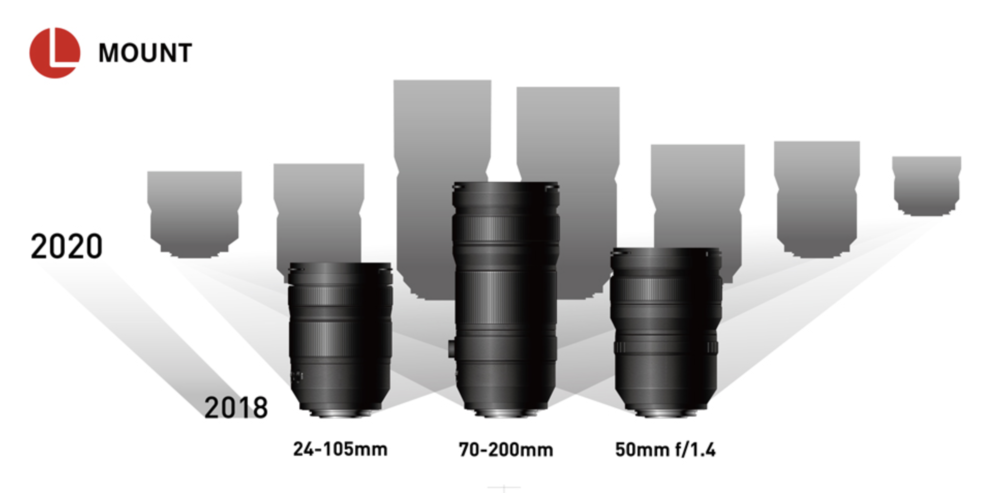

Yesterday at CES, Panasonic announced some more tidbits about the future Lumix full-frame cameras which were teased initially at last September’s Photokina. We now know that the two cameras, the 24MP S1 and 47MP S1R, will arrive at the end of March and will be aimed primarily at professional stills photographers (in the case of the S1R) and videographers (in the case of the S1). Both cameras will feature a high-resolution mode where eight consecutive images can be captured as the sensor shifts position. The new Venus Engine image processor will merge these images into a single high-resolution photo.
However, the final specifications are still sketchy, and even the photographs are highly shaded to keep us guessing on the final appearance. Here is Panasonic’s latest announcement from CES.
L-Mount Alliance
For me, the fascinating aspect of the S1 and S1R is that they represent the first third-party use of the Leica-designed L-mount. I do not doubt that the creation of the L-Mount Alliance, including both Panasonic and Sigma, is a brilliant move for Leica. It has ensured the continuance of the mount and is already giving consumers renewed confidence in what was, until last September, a niche system that could disappear at any time. Leica has emphasised its commitment to the L-mount as the basis of its future mirrorless cameras and the Alliance underlines that intent. Although the mount made its debut on a crop-frame camera, the original Leica T in 2015, the system was designed by Peter Karbe for full-frame use. In fact, the full-frame SL was on the stocks before the T was announced.
 Ltd 2019-01-08 15-42-36.png DG HSM - Sigma Imaging (UK) Ltd 2019-01-08 15-42-36.png)
The Lumix S models are big. Panasonic is on record as stating that professional photographers place more importance on performance than on size. These cameras will be more like pro DSLR systems than the mirrorless cameras from other manufacturers, primarily Sony, that we have become used to.
Many of us welcomed mirrorless cameras simply because they offered a more compact system. Fortunately, there are now strong rumours that Panasonic will be looking to produce a range of smaller, entry-level L-mount full-frame cameras aimed at the amateur market.
Sigma Art
Since September we have heard nothing from Sigma, and I hope that we will soon get details of the full-frame lenses for the L-mount. The company’s Art lenses have a strong reputation for quality of construction and optical excellence.
The fast primes will provide a much more economical alternative to existing Leica SL glass, although they will not be light because, as with the SL lenses, they are built for performance. Nevertheless, I can see these fast primes becoming popular among SL owners, if only for the significant cost saving.
Interestingly, Sigma operates a mount-conversion service which replaces the mount on lenses already owned. So, presumably, E-mount Art lenses could be converted to L-mount lenses. This facility gives the impression that launching a range of L-mount lenses should not be that difficult for Sigma. I’m sure it’s not just a matter of bolting on the new mount, but the principle appears to have been established.
It will also be interesting to see how quickly Sigma moves on providing L-mount versions of its APS-C lenses which will add many more opportunities for TL and CL owners — especially if those lenses including stabilisation which is entirely missing from the Leica lineup.
This year is shaping up to be very interesting for owners of SL and TL cameras, not to mention owners of Leica lenses who might fancy a change of camera.

I am delighted to see the L-mount alliance as this gives more likelihood of Leica succeeding in l-mount and a much wider range of options for the consumer- everyone wins!
When they say – "The Lumix S models are big-" is that SL size, or perhaps is it possible larger?
Dave
It’s difficult to say because we don’t have the specs yet. But after seeing the prototypes in the hands of journalists, they are clearly much bigger that the a7 or Z6. I imaging they could well be of a similar size to the SL. If true that rather does vindicate Leica’s decision to go with the bigger body. Since the SL lenses are so large, the body has to be in proportion.